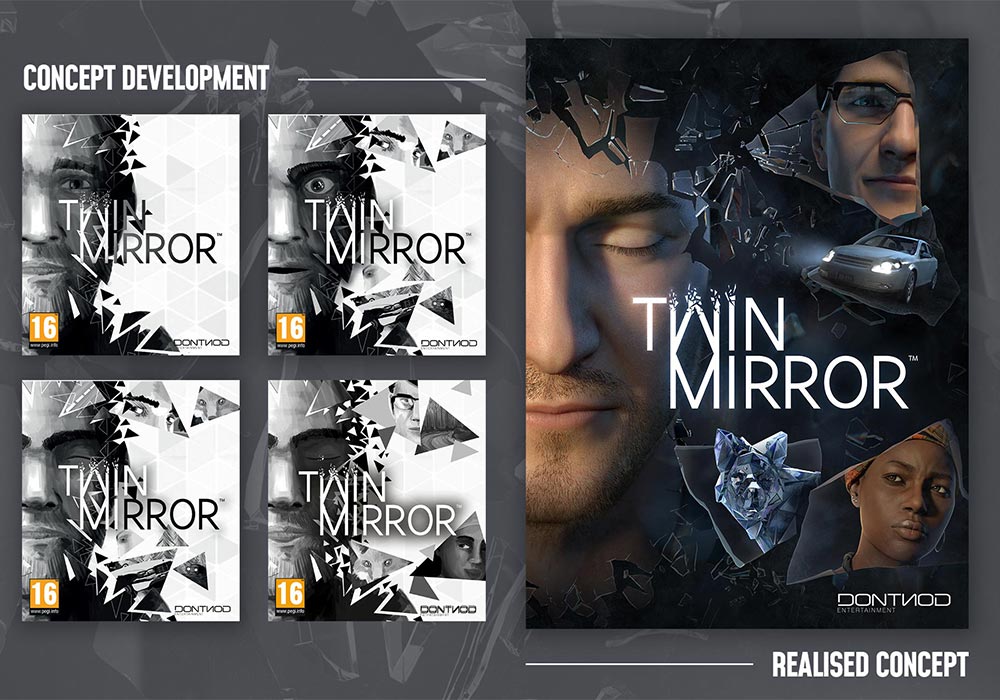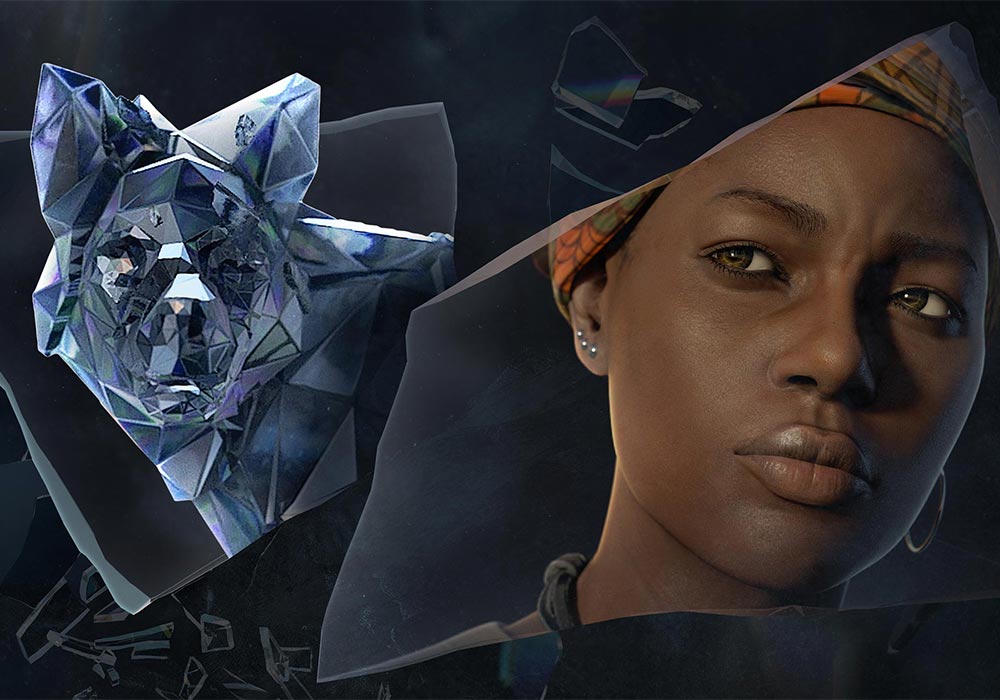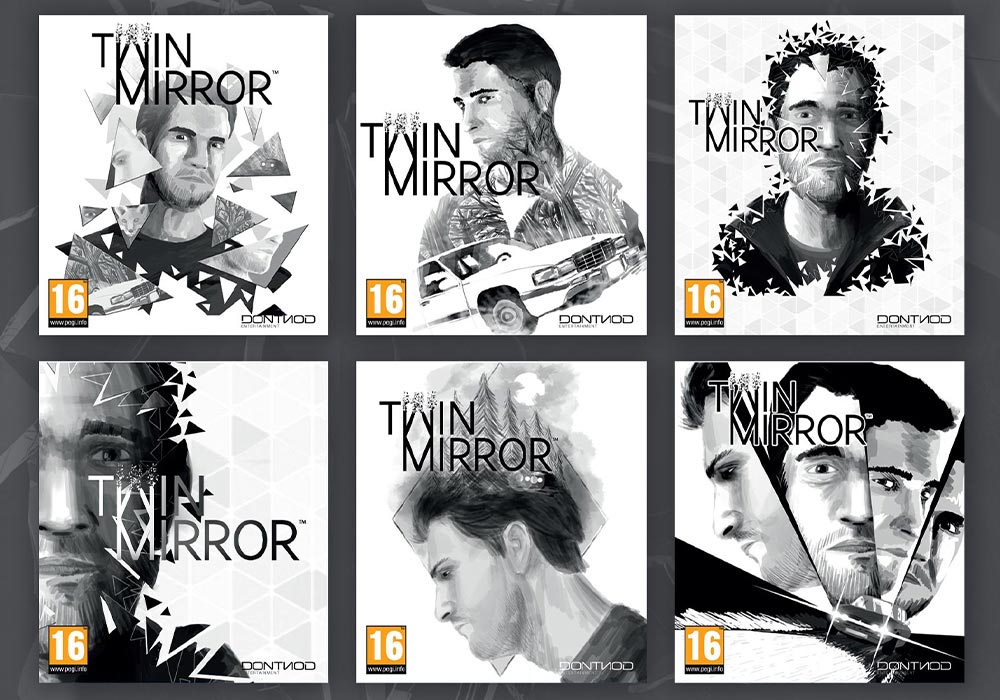April 08, 2021
What’s your favourite movie poster? Or CD cover, or piece of video game box art?
Those memorable, iconic pop-culture images are otherwise known as key art; an incredibly strong image at the forefront of the marketing campaign, designed specifically to draw people in.
There’s really no exact science as to what makes a successful piece of key art, but there are a lot of general boxes to tick that increase its chances of success.
Key art needs to be emotive. It needs to tell a story. It needs to convey characters. It needs to be high-resolution. It needs to instantly get the point across to an audience.
They’re just some of the things that need to be considered when creating a powerful piece of key art.
Key art isn’t just effective at attracting audiences either; it can be essential in drawing in investors, producers, influencers and more.
The concept of key art is evolving, too, thanks to the internet and distribution potential of social media. There are new boxes to tick when creating key art now.
The main one is that it helps if modern key art is clickable.
There is so much content available on the internet that’s shared so readily across social media, especially content relating to films, video games, music and more.
A graphic that stops people in their tracks and encourages people to click through to learn more is invaluable. It becomes more than a graphic; it acts as a call-to-action for the audience to learn more.
TAKEOFF has created key art for all sorts of global media projects. Click here to find out more!
Creating key art for the social media generation
Suddenly, a piece of video game key art becomes a valuable, interactive lead generation tool, to encourage people to visit a website, leave their contact information, pre-order, and more.
But how do you make key art clickable? What’s the secret?
Well, it depends on the project, but there are a lot of design techniques you could include to increase clickthrough rates and make your key art stand out on social media.
Are your characters featured prominently? Do their faces stand out? Are they showing their emotions and intentions? Is there intrigue in the image? Does your strap say enough?
Is it telling a story? Is there a key mechanic in the game featured to draw the eye? What does the featured environment tell us? Is your strapline featured prominently? Most importantly, does it make people want to find out more?
Social and digital advances can also help integrate more interactive techniques and elements into your key art, too, to help grab attention and encourage clickthroughs.
Key art no longer necessarily has to be a static image. Why not create something disruptive, that people haven’t seen before?
We’ve previously created disruptive social media posts for Ubisoft Canada, for instance, for the launch of Far Cry 5.
More animations than static key art images, they were made to look like planes were flying out of people’s phones, or dogs were jumping from the screen out at the viewer.
All featured calls-to-action to encourage the target audience to find out more. Whether an image or an animation, though, a strong key art strategy is essential to building an audience in today’s crowded social-first world.


